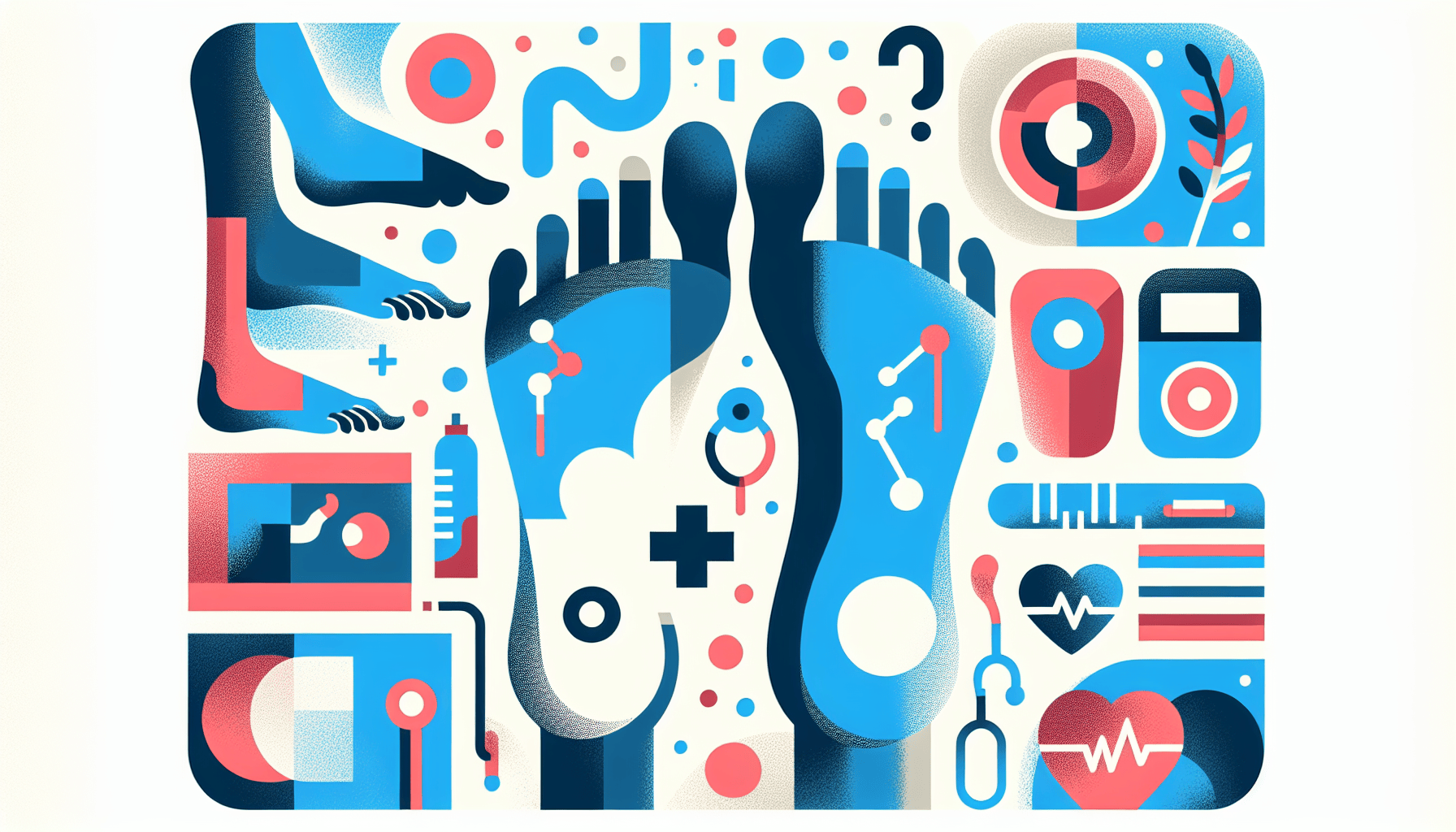Does Gabapentin Help with Sciatica?
Sciatica can cause sharp pain that shoots down your leg, making simple tasks hard. Many people wonder if gabapentin, a common medication, can ease this pain. This article [...]
Read MoreFlat feet, also known as fallen arches, occur when the arches in the feet are flattened, causing the entire sole to come into contact with the ground. While many people with flat feet experience no discomfort, others may suffer from pain and difficulty with foot movement. In this article, we'll explore the causes, symptoms, diagnosis, and treatment options for flat feet.
Flat feet can develop due to various reasons, including:
Congenital abnormalities present from birth
Stretched or torn tendons
Damage or inflammation of the posterior tibial tendon (PTT)
Broken or dislocated bones in the feet
Health conditions such as rheumatoid arthritis
Nerve problems
Other factors that may increase the risk of developing flat feet include obesity, diabetes, aging, and pregnancy.
While some people with flat feet may not experience any symptoms, others may notice:
Easily tired feet
Painful or achy feet, particularly in the arches and heels
Swelling on the inside bottoms of the feet
Difficulty with foot movements, such as standing on toes
Back and leg pain

To diagnose flat feet, your doctor will examine your feet and look for signs of fallen arches. The examination may include:
Checking your health history for illnesses or injuries linked to flat feet
Observing your feet and legs while standing and performing simple movements
Testing the strength of muscles and tendons in your feet and legs
Taking X-rays or an MRI of your feet
Treatment for flat feet depends on the severity and cause of the condition. If flat feet cause no pain or difficulties, treatment may not be necessary. However, your doctor may recommend one or more of the following:
Rest and ice to relieve pain and reduce swelling
Stretching exercises
Pain relief medications, such as nonsteroidal anti-inflammatories (NSAIDs)
Physical therapy
Orthotic devices, shoe modifications, braces, or casts
Injected medications to reduce inflammation, such as corticosteroids
Surgery, in severe cases
You can also try home remedies to prevent or manage pain from flat feet:
Wear appropriate footwear or shoe inserts for your activity
Apply ice and take over-the-counter NSAIDs when pain occurs
Perform stretches recommended by your doctor or physical therapist
Limit or treat risk factors such as diabetes, high blood pressure, and obesity
Avoid high-impact activities that put excessive stress on your feet
Remember to consult your doctor if pain is severe or interferes with your daily activities. They can provide a thorough examination and recommend the best treatment plan for your specific case.
For more information on flat feet and related conditions, visit:
Sciatica can cause sharp pain that shoots down your leg, making simple tasks hard. Many people wonder if gabapentin, a common medication, can ease this pain. This article [...]
Read MoreBack pain is one of the most common health complaints, affecting millions of people worldwide. If you have back pain, you might have heard about gabapentin as a possible [...]
Read MoreIf you take gabapentin, you might wonder if it will show up on a drug test. This question matters for many people, whether it’s for work, sports, or legal reasons. Gabapentin [...]
Read More